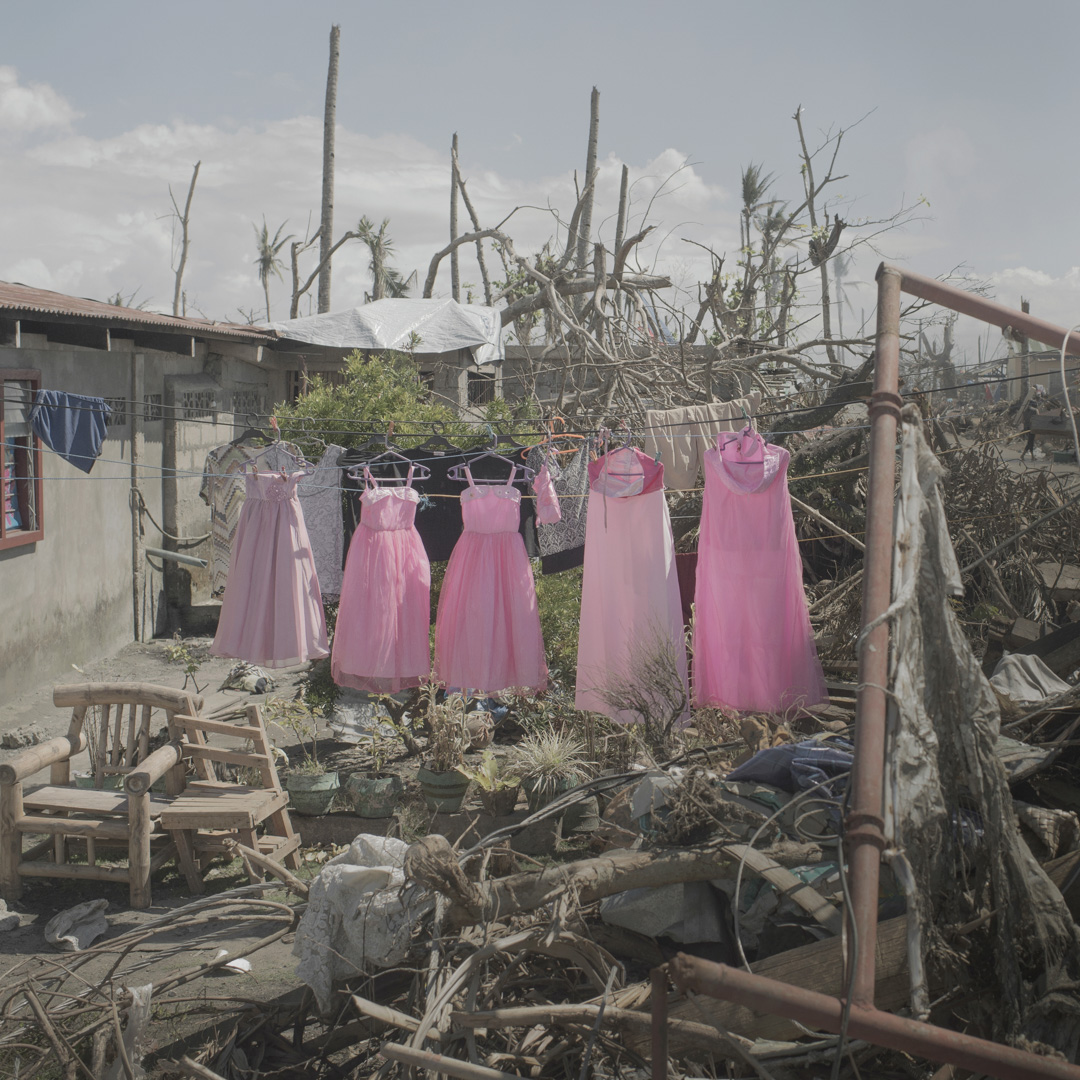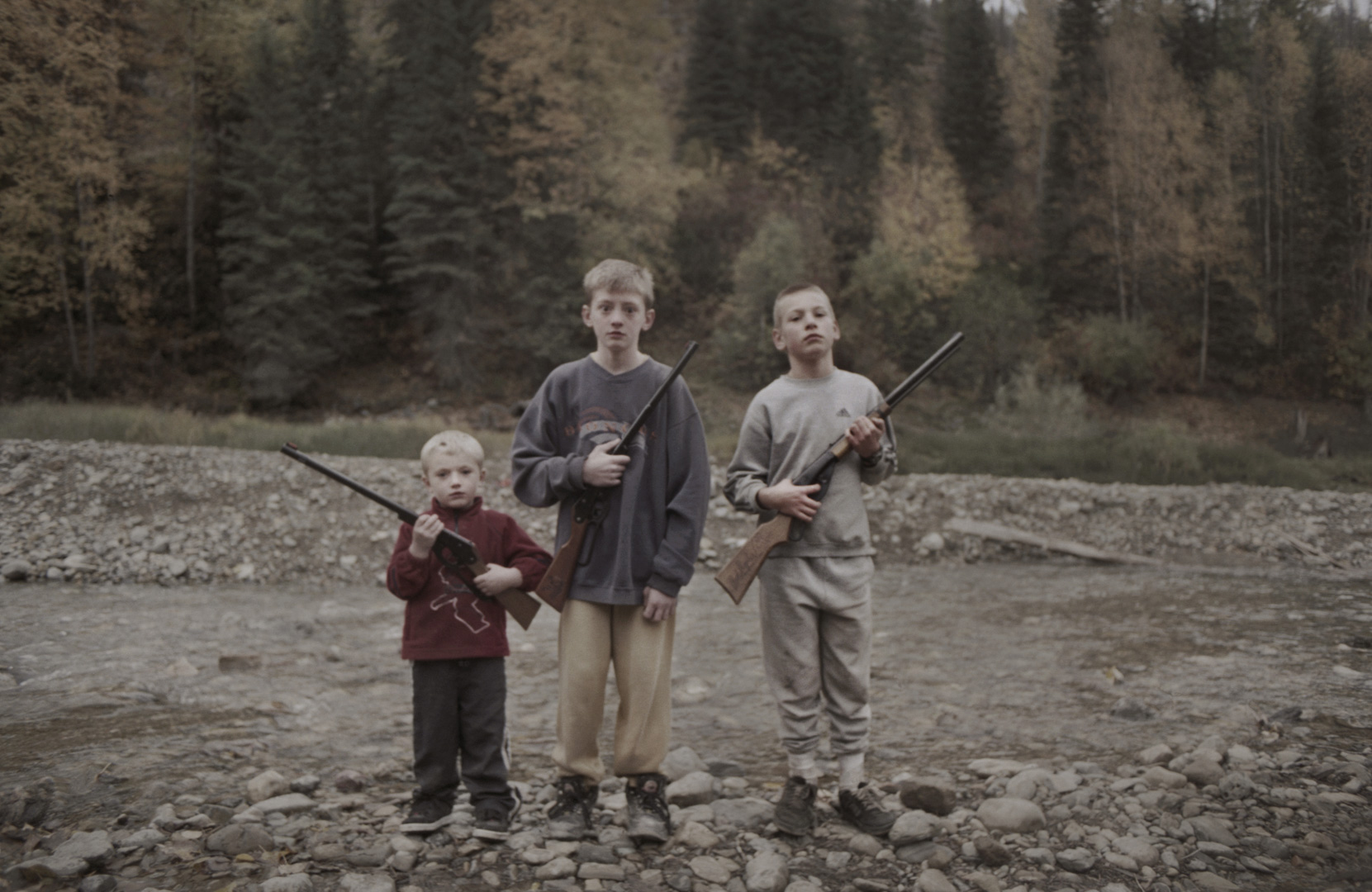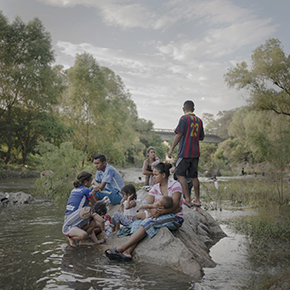 https://agencevu.com/wp-content/uploads/2021/02/00_HTP23158-2018CL06.jpg
290
290
Fanny Demichelis
/wp-content/uploads/2021/05/logo-vert-2.svg
Fanny Demichelis2018-10-17 15:02:412021-02-17 15:30:21The Migrant Caravan, 2018
https://agencevu.com/wp-content/uploads/2021/02/00_HTP23158-2018CL06.jpg
290
290
Fanny Demichelis
/wp-content/uploads/2021/05/logo-vert-2.svg
Fanny Demichelis2018-10-17 15:02:412021-02-17 15:30:21The Migrant Caravan, 2018Pieter
Pieter ten Hoopen

biography

Dutch photographer and director, member of the VU’ Agency since 2008, based in Stockholm (Sweden)
Born in 1974 in the Netherlands, Pieter ten Hoopen initially intended to work in forestry, for which he moved to Sweden in 1999. After a few years, however, he turned to photojournalism and trained at the Nordens Fotoskola. He established himself as a freelance photographer in 2002.
He produces numerous photo and/or video reports for the press or NGOs, documenting the consequences of natural disasters, political conflicts or societal demands throughout the world, in Colombia, Pakistan, Russia, the United States, Egypt, Kenya, Sweden, Iraq, Syria, Afghanistan…
However, he moves away from the classic forms of photojournalism and proposes a visual writing at the border of documentary and artistic: “It is the narrative form that interests me, because it is above all about telling a story. We can meet many different subjects, but each story has its own personality, its own temperament. And that means respecting the singularity of that story while offering your own vision of the subject.”
It is with this singular approach that he travels in 2015 and 2016 to Bangladesh, Zambia, Burkina-Faso, Jordan, Colombia and Haiti to meet very young mothers and draws for the NGO Plan International a subtle and benevolent portrait of this particular motherhood with its many faces. Childmothers is published on a dedicated website and was presented as a traveling exhibition notably hosted by the United Nations headquarters in Geneva in 2017.
In parallel to these commissioned works, Pieter ten Hoopen has developed personal long-term projects such as “Hungry Horse“, a project carried out over more than 10 years in the small town of the same name in the depths of Montana, which represents all the desolation of deep America. The film accompanying the photographic series was presented at the Rencontres d’Arles 2014 and nominated in 2015 for the Annual News and Documentary Emmy Awards.
Regularly published and exhibited internationally, Pieter ten Hoopen is the author of six monographs, and winner of, among other prestigious awards, the Mario Giacomelli Memorial Prize (2008) and 4 World Press Photo awards including the first ever “Story of the year” award for his series “The Migrant Caravan” (2019).
Series
 https://agencevu.com/wp-content/uploads/2021/02/00_HTP23158-2018CL06.jpg
290
290
Fanny Demichelis
/wp-content/uploads/2021/05/logo-vert-2.svg
Fanny Demichelis2018-10-17 15:02:412021-02-17 15:30:21The Migrant Caravan, 2018
https://agencevu.com/wp-content/uploads/2021/02/00_HTP23158-2018CL06.jpg
290
290
Fanny Demichelis
/wp-content/uploads/2021/05/logo-vert-2.svg
Fanny Demichelis2018-10-17 15:02:412021-02-17 15:30:21The Migrant Caravan, 2018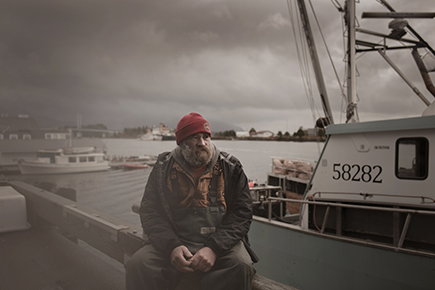
Industrial and Ecological Impacts on Alaskan Fisheries, 2018
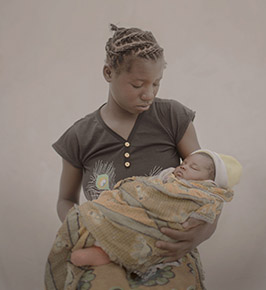
Childmothers, 2015
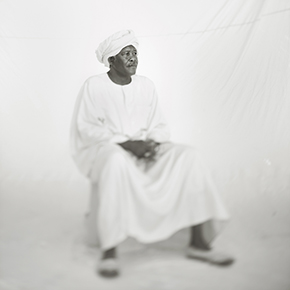
Mayo Photo Studio, 2014
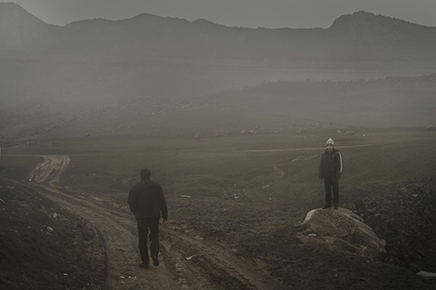
Testimonies from the North Caucasus, 2013

North-East Congo DRC, 2012

Jukai Forest, The Ocean of Trees, 2012

Tokyo 7, 2012

Child Wedding in India, 2012
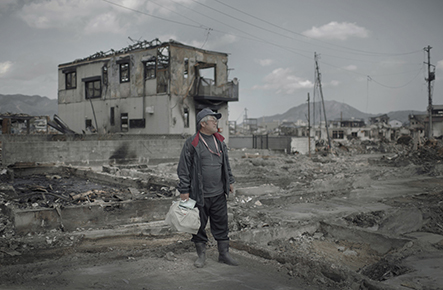
Japan: Tsunami Aftermath, 2011
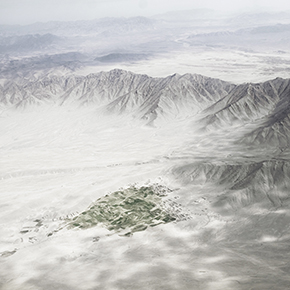
With the Afghan Army, 2010
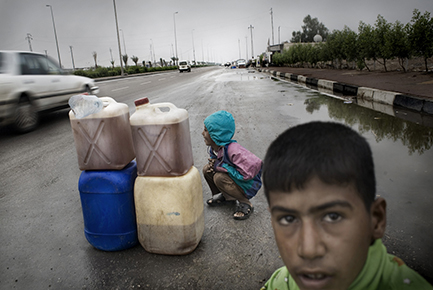
The Iraqi Oil, 2008
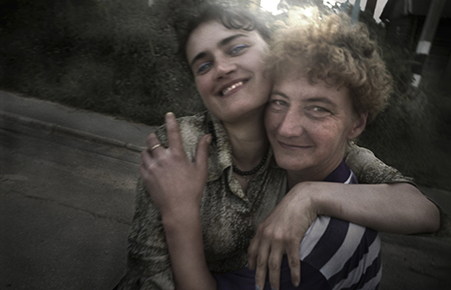
Kitezh, the Invisible Town, 2007
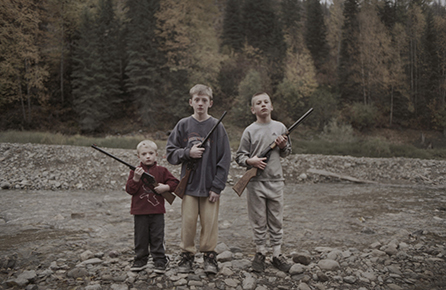
Hungry Horse, 2007
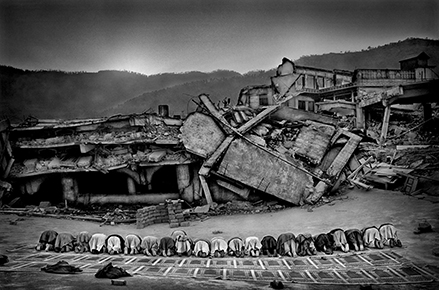
After the Earthquake in Balakot, Pakistan, 2005
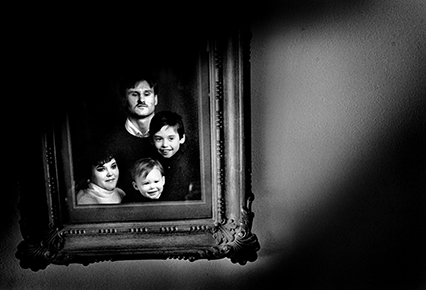
Huntington Disease, 2002

The Migrant Caravan, 2018

Industrial and Ecological Impacts on Alaskan Fisheries, 2018

Childmothers, 2015

Mayo Photo Studio, 2014

Testimonies from the North Caucasus, 2013

North-East Congo DRC, 2012

Jukai Forest, The Ocean of Trees, 2012

Tokyo 7, 2012

Child Wedding in India, 2012

Japan: Tsunami Aftermath, 2011

With the Afghan Army, 2010

The Iraqi Oil, 2008

Kitezh, the Invisible Town, 2007

Hungry Horse, 2007

After the Earthquake in Balakot, Pakistan, 2005

Huntington Disease, 2002

The Migrant Caravan, 2018

Industrial and Ecological Impacts on Alaskan Fisheries, 2018

Childmothers, 2015

Mayo Photo Studio, 2014

Testimonies from the North Caucasus, 2013

North-East Congo DRC, 2012

Jukai Forest, The Ocean of Trees, 2012

Tokyo 7, 2012

Child Wedding in India, 2012

Japan: Tsunami Aftermath, 2011

With the Afghan Army, 2010

The Iraqi Oil, 2008

Kitezh, the Invisible Town, 2007

Hungry Horse, 2007

After the Earthquake in Balakot, Pakistan, 2005

Huntington Disease, 2002
videos
Childmothers, 2016
—
Childmothers is a joint initiative between Plan International and UNFPA, United Nations Population Fund, to highlight the issue of very early motherhood. Girls who give birth before they turn 15 years of age have increased risks of complications and death from pregnancy and childbirth compared to other age groups. They are very often out of school, married, and may live with serious health complications from their pregnancy or delivery – some do not survive. Yet, child mothers are often invisible in national and global statistics, and overlooked in development interventions.
Kitezh-Vladimirskoe, 2016
—
The year 1200 the city Kitezh in Russia got attack by the Mogul army. Under the attack the city became invisible. From this day no one knows where the city and its people went. Once a year people from all over Russia come to visit this place. Today there is a lake on the place the city once was. The lake is situated just beside the small town of Vladimirskoe.
Some people from this town say they have seen the City of Kitezh coming up from the water around midsummer. Other people have seen an armed guard walking around the town.
Few of the tourist visit the city of Vladimirskoe. The daily life is hard for many in this area. Alcohol abuse and the unemployment rate is high. Around midsummer the weather is hot and the nights are long. The people are spending their time outside until early morning.
The busses with tourist are coming to search for the invisible city of Kitezh. The most who leave Kitezh after a visit don’t even know the name of Vadimirskoe.
Vladimirskoe is mostly known for “that little village beside Kitezh the invisible city”.
North Caucasus, 2013
—
The Caucasus Mountains located near Sochi, Russia will host part of the Winter Olympics due to commence on the 7th of February 2014. The same mountain range is also home to the North Caucasus, the site of Europe’s deadliest conflict. Two devastating wars in the republic of Chechnya after the collapse of the Soviet Union resulted in the violence spreading across the whole region. Although the military operations officially ended in earnest in 2009, some 700 people have been murdered in the last year in this small multi-ethnic, multi-religious corner of Russia.
Interviews
Au chevet du monde
Le Château d’eau
—
Interview by Jean-Marc Lacabe, 2018
Pieter Ten Hoopen comments on his three series, “Haiyen, 365 days after”, “Hungry horse” and “Tokyo 7”. These three series are presented under the name “Au chevet du monde” at the Château d’eau Gallery.
Pieter ten Hoopen – Nikon Ambassador
Nikon Europe
—
2017
Pieter Ten Hoopen, from Sweden, is an internationally renowned filmmaker and documentarian.
Pieter works to give voice to those who might otherwise lack it in his signature style that is in between photojournalism and art.
Hungry Horse (2/2)
VU’
—
2016
Pieter Ten Hoopen presents his film and book based on his early photographic series “Hungry Horse” at the occasion of an exhibition held at The Agency VU’ Gallery from November 4th 2016 to January 7th 2017.
Hungry Horse (1/2)
VU’
—
2016
Pieter Ten Hoopen presents his film and book based on his early photographic series “Hungry Horse” at the occasion of an exhibition held at The Agency VU’ Gallery from November 4th 2016 to January 7th 2017.
Exhibitions
Au chevet du monde
—
Le Château d’Eau, Toulouse (FRANCE)
—
From June 28 to September 19, 2018
Hungry Horse
—
Les Rencontres d’Arles, Arles (FRANCE)
—
From July 7 to September 21, 2014
books
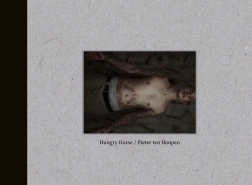
Hungry Horse

Tokyo 7

Stockholm
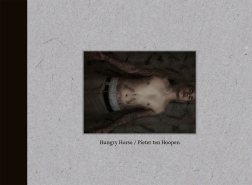
Hungry Horse

Tokyo 7

Stockholm

Hungry Horse

Tokyo 7

Stockholm
awards
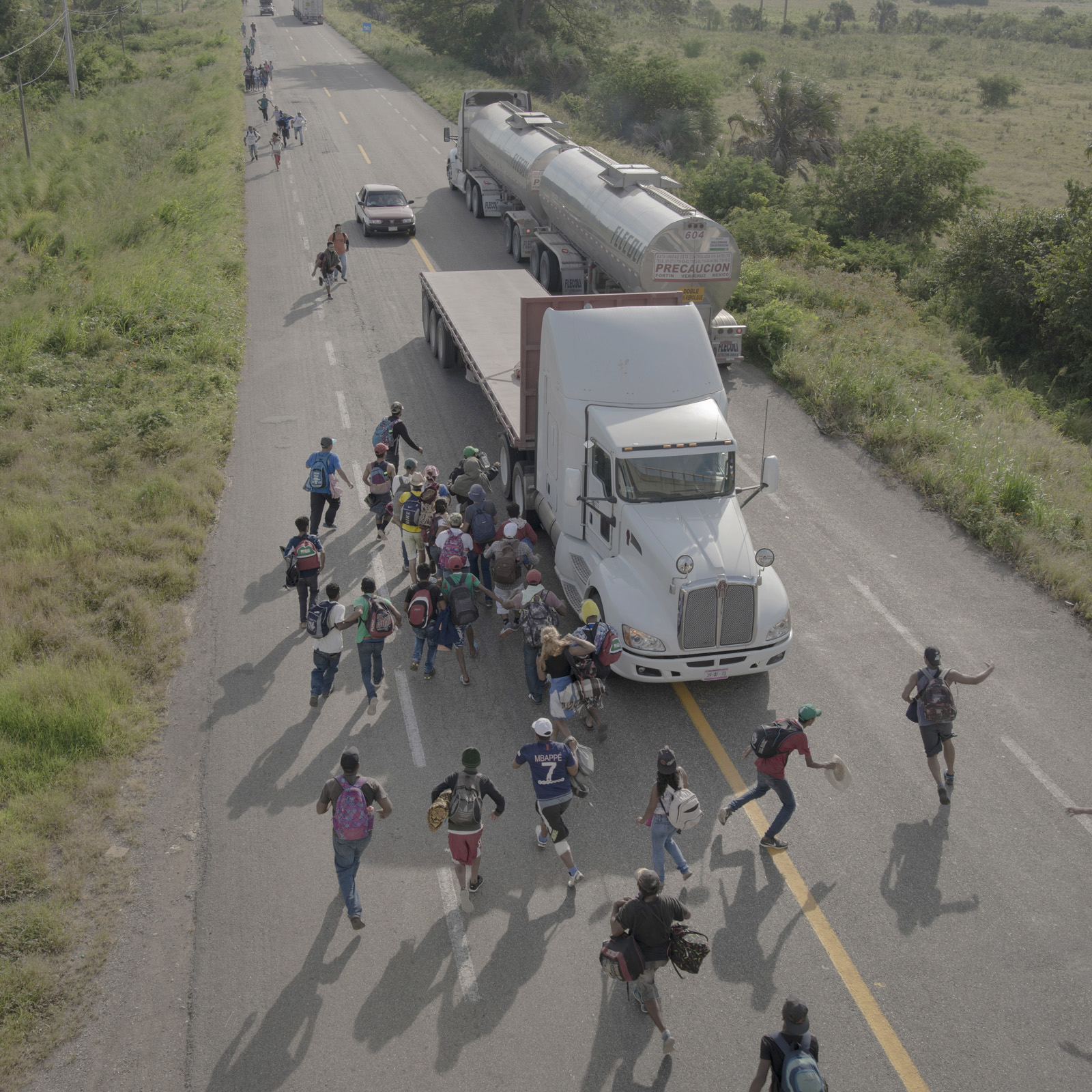
World Press Photo Story of the year, nominee
For his reportage « The Migrant Caravan »
2019

Photographer of the year, Sweden
2010

World Press Photo Prize in the Portraits category, 2nd Prize
For his reportage « Singles »
2019

Award of Excellence in the “Portrait Series” category of the Picture of the Year
2009

Memorial Mario Giacomelli Prize
2008

World Press Photo Prize in the “Daily Life, Stories”category, 1st Prize
For his reportage “Kitezh, the invisible town”
2008
